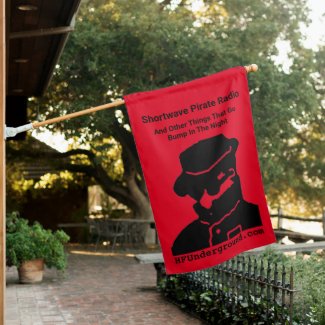1
The RF Workbench / Ten Minute Transmitter
« on: February 26, 2016, 0423 UTC »
It's been a while since I've had time to do some radio tinkering. I came across an interesting schematic last weekend for a very simple transmitter called the Ten Minute Transmitter. I wrote about it here: http://makerf.com/posts/ten-minute-transmitter
If you buy a store bought RFC and use some capacitors in parallel instead of a variable capacitor, the only 'hard to get' part is the crystal.
I've done some tinkering with it since the initial build and have been able to amplify the signal up to about 9 watts! I'm going to play with it some more and post about it again soon.
If you buy a store bought RFC and use some capacitors in parallel instead of a variable capacitor, the only 'hard to get' part is the crystal.
I've done some tinkering with it since the initial build and have been able to amplify the signal up to about 9 watts! I'm going to play with it some more and post about it again soon.


